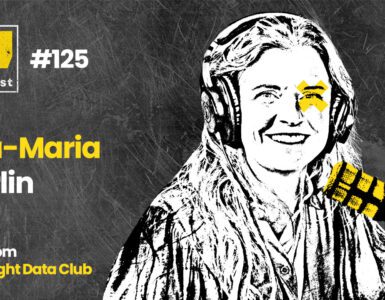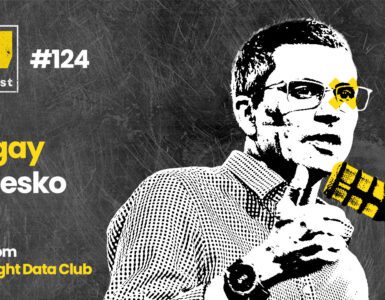This session will describe an end-to-end data science project accomplished by a small team (4 members) at a small company (16 employees), that achieved a great result: the International Smart Grid Action Network’s coveted Award of Excellence.
The session will cover both the technical and business sides of a data science project: establishing relationships based on a relevant business case, creating a well-defined problem within the scope of a project, applying a variety of statistical learning methods to that problem, validation of models along appropriate acceptance/rejection criteria (here we will cover ets-decomposition, bagged random forest, and support vector regression with bootstrapped confidence intervals, as well as cross-validation and implementation at scale), and finally using the results to motivate business agreements with project partners.
The goal of this session is to provide an in-depth description of, and present technical and commercial insights from, a successful data science project that both garnered a concrete finanical return for the company and received an international award.
Key Takeaways
- The problem must be well-defined mathematically, anchored in a solid business case, and based on business relationships cultivated within the scope of the project.
- Many models should be applied to the problem and accepted/rejected based on well-defined criteria.
- Model results, after rigorous validation, must address the problem in direct relation to the project partners.
- If each step of the process has been successful (definition based on business case, testing a multitude of models on a well-defined problem, rigorously validating results, application of results to business case, proper communication with partners), a direct financial return should be likely.















Add comment